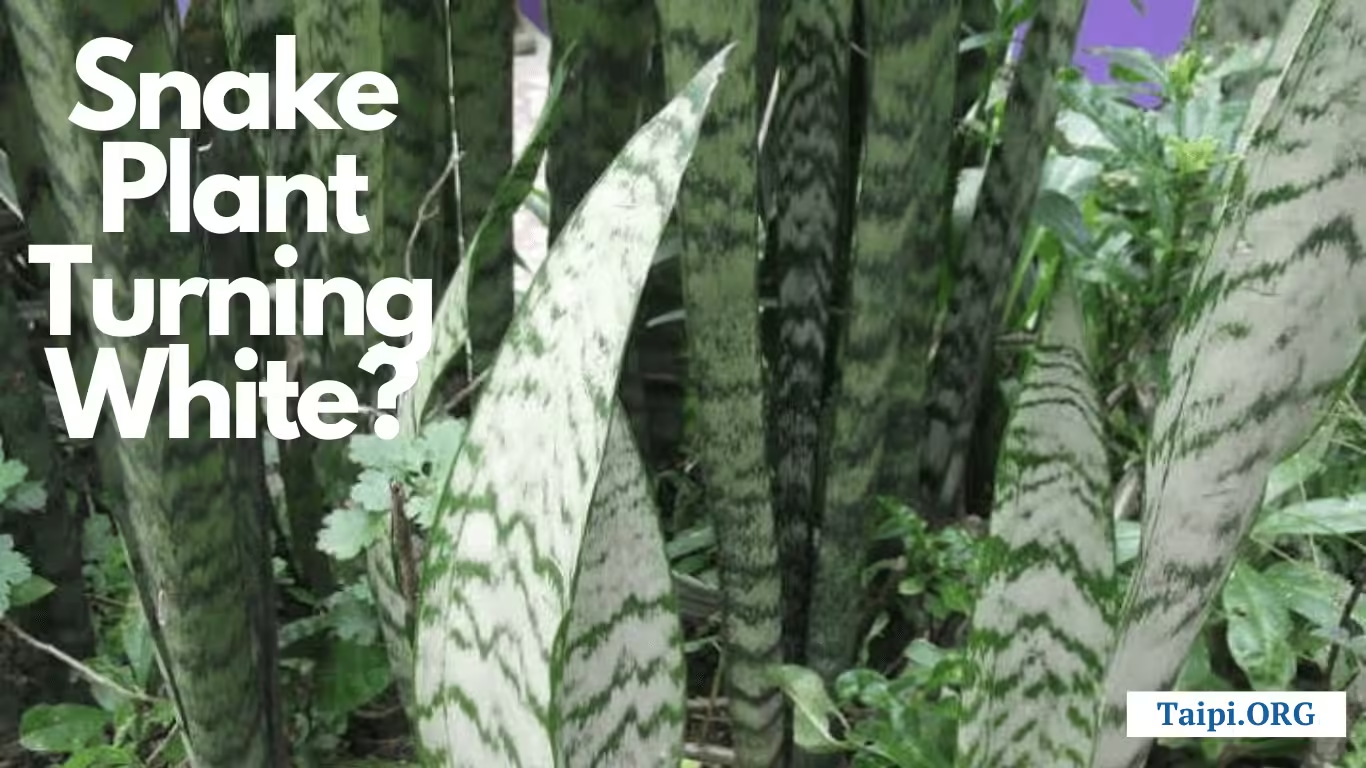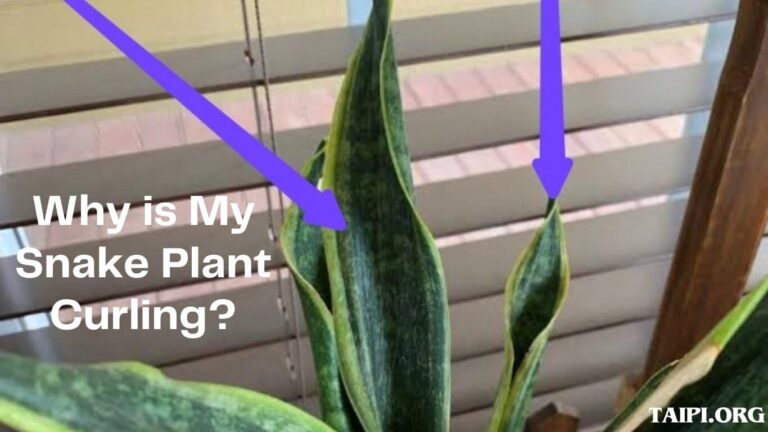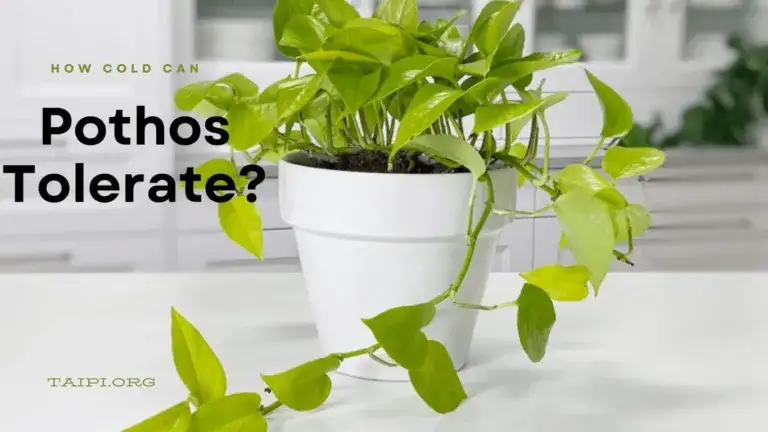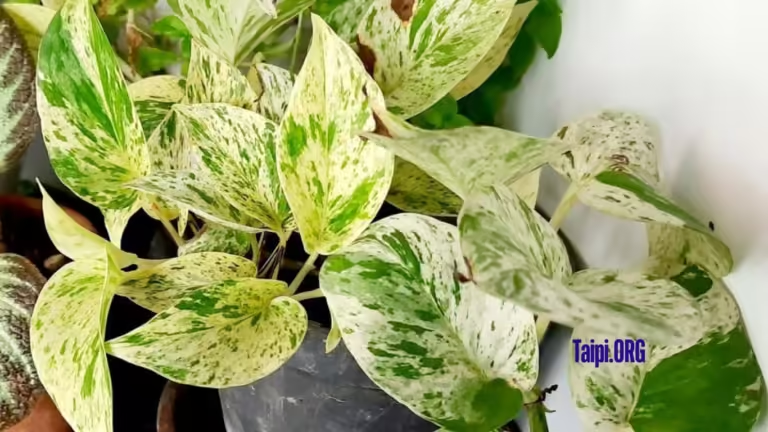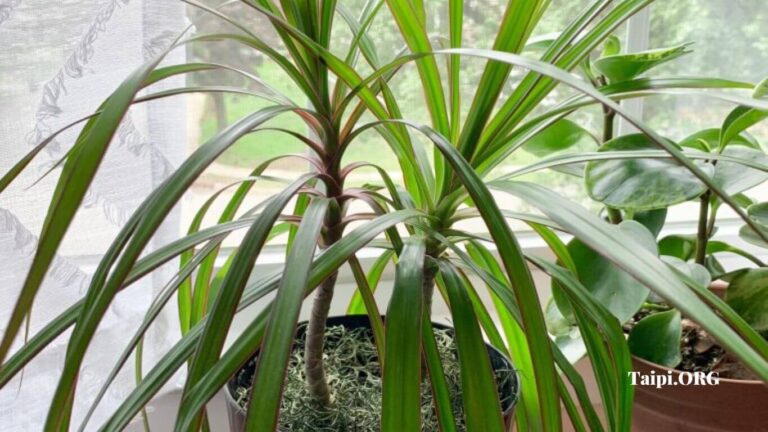Is Your Snake Plant Turning White? Here is the Reason
MANY INDOOR plant enthusiasts cherish snake plants because of their low maintenance and air-purifying qualities. However, have you noticed your snake plant turning white recently? There are several reasons but I will talk about six main causes.
Related: Why Houseplant Leaves Turn Black
Too much sunlight is the main reason your snake plant turns white.
Although excessive sunlight is the main cause your snake plant turned white, several other factors can contribute to this change in color.
Understanding the other factors is crucial to restoring your plant’s health.
6 Reasons Your Snake Plant Turned White
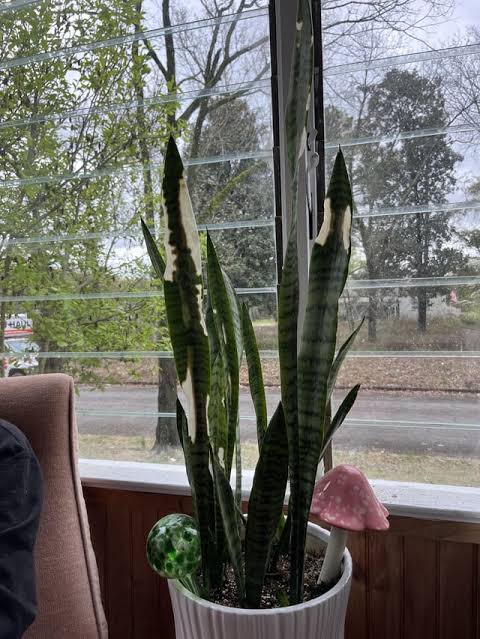
Here are six possible reasons why your snake plant might be turning white.
1. Excessive Sunlight
Snake plants are known for their adaptability to various light conditions, but too much direct sunlight can be detrimental.
If your plant is exposed to intense sunlight for prolonged periods, the leaves may develop white or yellowish streaks.
Consider moving your snake plant to a location with filtered or indirect sunlight to prevent sunburn.
2. Overwatering
One of the most common issues leading to snake plant discoloration is overwatering. These plants prefer a well-draining soil mix and should be allowed to dry out between waterings.
White or yellow leaves can indicate root rot caused by excessive moisture. Adjust your watering routine and ensure the soil dries out before the next watering session.
3. Poor Soil Drainage
Inadequate soil drainage can contribute to root rot and other issues. Snake plants thrive in well-draining soil, so if your pot lacks drainage holes or the soil retains too much moisture, it can lead to root problems and white discoloration.
Repot your snake plant in well-draining soil and choose a container with proper drainage.
4. Nutrient Deficiency
White leaves can be a sign of nutrient deficiency, particularly nitrogen. Snake plants generally don’t require frequent fertilizing, but if your plant has been in the same soil for an extended period, it may need a boost of nutrients.
Use a balanced, diluted fertilizer during the growing season to provide essential nutrients.
5. Pests and Diseases
Pests, such as mealybugs, or spider mites can cause discoloration in snake plants.
Check the undersides of leaves for signs of infestation. Additionally, fungal infections can contribute to white or yellow spots on the leaves.
Treat any pest or disease issues promptly with appropriate insecticides such as Garden Safe Houseplant and Garden Insect Killer to prevent further damage.
6. Temperature Stress
Snake plants prefer stable temperatures and are sensitive to extreme fluctuations.
Exposure to drafts, cold temperatures, or sudden changes in environmental conditions can cause stress and lead to discoloration.
Place your snake plant in a consistent and moderate-temperature environment.
Pro Tips on Caring for A Snake Plant Turning White
Are there any pro tips so far? Yes, these are a few things you need to continue doing to have a healthy snake plant:
- Adjust sunlight exposure
- Review and adjust watering practices
- Improve soil drainage
- Address nutrient deficiency
- Check for pests and diseases
- Maintain consistent temperatures
- Prune damaged leaves
- Monitor and observe your snake plant closely
- Be patient
By taking these proactive steps, you can improve the conditions for your snake plant and encourage the return of its vibrant green color.
Remember that consistent care and attention are key to the overall health and well-being of your houseplants.
Why Is My Snake Plant Turning White FAQs
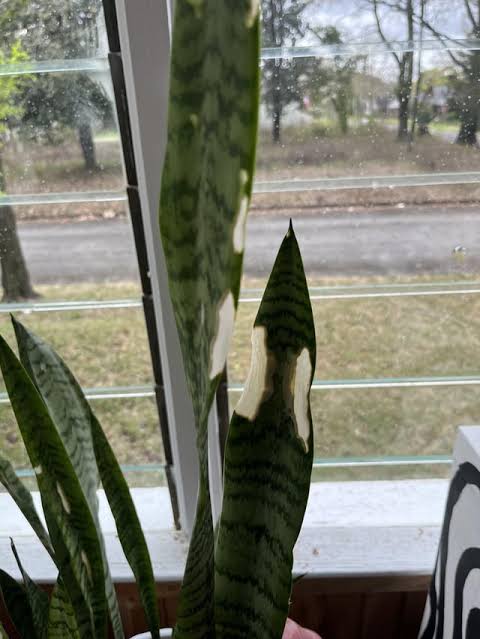
Q: How often should I water my snake plant?
A: Snake plants prefer to dry out between waterings. Water them when the top inch of soil feels dry, typically every 2-4 weeks. Overwatering can lead to root rot, which may cause leaf splitting.
Q: Why are the tips of my snake plant leaves turning brown?
A: Browning tips could be a sign of overwatering, low humidity, or exposure to cold drafts. Ensure proper watering, maintain moderate humidity, and protect the plant from temperature extremes.
Q: Can snake plants survive in low light conditions?
A: Yes, snake plants are adaptable and can tolerate low light. However, they thrive in bright, indirect light. If possible, provide them with moderate to bright light to encourage optimal growth.
Q: What should I do if I notice pests on my snake plant?
A: Use neem oil to get rid of pests from your snake plant.
Q: How often should I fertilize my snake plant?
A: Fertilize snake plants during the growing season (spring and summer) with a balanced, diluted fertilizer. Feed every 4-6 weeks, following the package instructions. Avoid over-fertilizing, as this can harm the plant.
Conclusion
Understanding the reasons behind your snake plant turning white is the first step in nursing it back to health. Assess the environmental conditions, adjust your care routine accordingly, and monitor the plant’s response.
With proper attention and corrective measures, your snake plant can regain its vibrant green color and continue to thrive in your indoor space.

